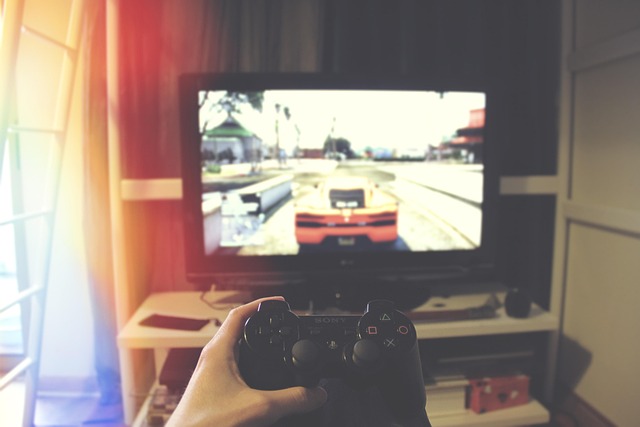In the vibrant world of gaming and eSports, where every pixel and frame matters, the significance of character faces cannot be overstated. These unique visual elements serve as the first point of contact for players with the characters they control, breathe life into narratives, and profoundly affect the overall gameplay experience.
Games have evolved immensely over the past few decades, transitioning from simple graphics with blocky figures to stunningly realistic avatars that bring authenticity to the virtual realm. A character’s face not only provides physical representation but also conveys deep emotional connections. When players see a distressed expression on a character’s face during a crucial moment, it enhances their empathy and investment in that digital story.
In the competitive scene of eSports, character faces play a pivotal role in brand identity and player connection. Teams and players often choose character skins or avatars that resonate with their personality or gaming style, effectively using these faces as a tool for representation. A fierce, intense look can embody a player’s competitive spirit, while a more humorous expression can show lighter gameplay and camaraderie. This diversification allows fans to connect with their favorite players on a deeper level, making them feel part of a community.
The gaming industry recognizes the psychological impact of character faces in user experiences. A powerful example is how the face animations of characters become central during gameplay. When a player scores a goal in a sports game like FIFA, the celebration depicted through the character’s face can make all the difference; it creates a thrill that resonates beyond the screen. Developers utilize cutting-edge technology to enhance facial animation, capturing minute details that reflect emotions accurately. This level of detail not only improves realism but also increases player engagement and satisfaction.
Moreover, in developing games, you can’t overlook the cultural implications of character faces. As diverse storytelling becomes essential, representing various cultures through facial designs cultivates inclusivity in gaming. Players are more inclined to engage with characters they can relate to; that representation fosters a sense of belonging within the gaming community.
As the gaming industry continues to grow, the influence of character faces is only set to expand. Whether it’s through detailed facial expressions or the connection players feel towards their avatars, these elements remain integral to both individual gameplay and the collective eSports culture. In an era where storytelling and character development are key to player retention, the power of a well-crafted character face can no longer be ignored. It’s a fascinating intersection of art, technology, and human emotion that will undoubtedly shape the future of gaming.




